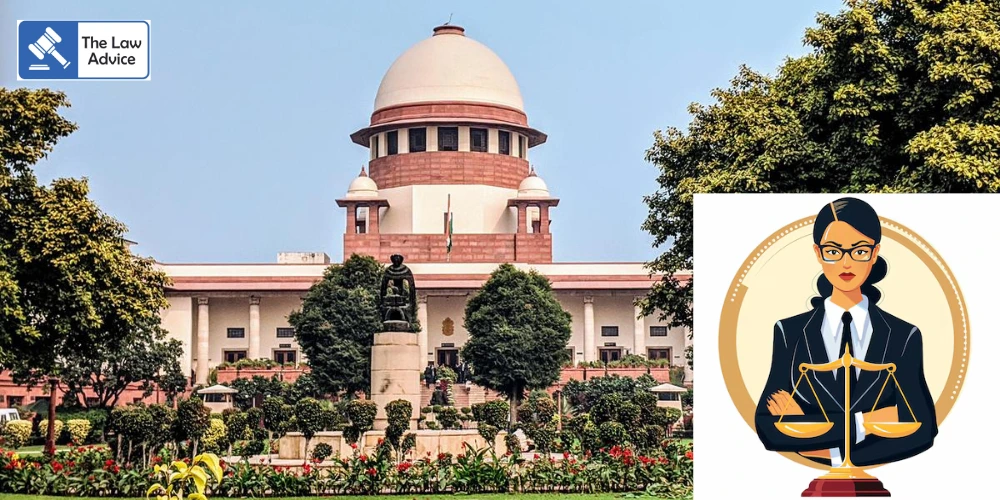
New Delhi | August 30, 2025
With the elevation of five new judges this year – three in May and two in August – the Supreme Court has reached its full sanctioned strength of 34 judges, including the Chief Justice of India. However, the milestone has reignited an old but unresolved debate: the glaring underrepresentation of women on the country’s highest judicial bench. Justice B.V. Nagarathna continues to remain the sole woman judge in the Supreme Court, a fact that reflects the structural imbalance in judicial appointments.
Lack of Gender Balance in the Collegium Process
The Supreme Court Collegium, already under fire for its opacity and lack of transparency, faces renewed scrutiny for sidelining women candidates. The elevation of Justice Vipul M. Pancholi, placed 57th on the All India High Court Judges’ Seniority List, over several senior judges, including women, has underscored the inconsistencies in the Collegium’s criteria. Critics argue that while seniority is often cited as a barrier for women’s elevation, it has not stopped the Collegium from superseding far more senior judges when it wishes to.
Former Chief Justice D.Y. Chandrachud, just before demitting office, had remarked on his inability to recommend a woman judge because of “seniority rules.” Yet, when judges from much lower seniority positions are selectively promoted, the “seniority argument” begins to appear less like a principle and more like a shield for systemic exclusion.
Women Judges and the “Seniority Trap”
Due to their historically small numbers in the higher judiciary, very few women even reach the top of the seniority ladder. As a result, if seniority is applied mechanically, women judges will continue to be excluded generation after generation. The real question is: should a woman judge with unimpeachable integrity and strong judicial merit be denied elevation simply because she does not rank among the top five in seniority? If the Collegium system keeps ignoring this structural imbalance, it perpetuates inequality rather than correcting it.
Need for a Quota for Women Judges
To address this imbalance, many jurists and senior lawyers are now calling for a quota for women in the Supreme Court and High Courts. The argument is not without precedent. The Indian Constitution already provides reservations in legislatures (33% for women in Lok Sabha and State Assemblies), in government jobs, and even within professional associations. Recently, the Supreme Court directed that 30% of posts in the Supreme Court Bar Association (SCBA) be reserved for women. Likewise, the Delhi Bar has introduced similar measures for its governing bodies.
A gender quota for judges would not dilute merit but instead broaden the pool of qualified candidates who are often overlooked. It would also enrich judicial deliberations with diverse perspectives, strengthening public trust, particularly for women litigants who feel more represented when they see women on the bench.
Constitutional Backing for Affirmative Action
The idea of women’s quota in the judiciary is not a radical demand but a logical extension of constitutional principles. In State of Kerala v. N.M. Thomas (1975), the Supreme Court held that equality is not simply the absence of discrimination but the presence of positive measures to create real opportunities. Similarly, in the Second Judges Case (1993), the Court itself observed that “all sections of society” must be represented in the judiciary to reflect its diversity.
Yet, despite these lofty pronouncements, appointments to the higher judiciary remain overwhelmingly male, upper-caste, and socially homogenous. Representation of Scheduled Castes, Scheduled Tribes, OBCs, Muslims (currently only one Muslim judge in the Supreme Court, despite their 14% population share), and other minorities remains minimal, raising serious questions about the inclusiveness of India’s judiciary.
Collegium Reform and Shortlist Parity
Experts suggest that the Collegium could adopt a “shortlist parity” rule—mandating that for every vacancy, at least one woman judge must be included in the recommended list. This would not only prevent exclusion but also ensure a structured path for greater inclusion. Such reforms would be in line with constitutional obligations under Articles 14, 15, and 16, which mandate equality, non-discrimination, and equal opportunity in public institutions.
Judicial Independence vs Social Justice
Opponents of quotas in the judiciary argue that such measures may undermine judicial independence. But supporters counter that judicial independence does not mean judicial exclusivity. On the contrary, bringing in diversity ensures that the judiciary is more representative of India’s vast social fabric. In fact, as seen in the Second Judges Case, even Justice J.S. Verma admitted the reality of nepotism, favoritism, and dynastic influence in judicial appointments. If extraneous considerations already shape selections, then introducing structured quotas to ensure diversity may actually democratize the process rather than weaken it.
Towards a Participatory Democracy
For India to achieve true participatory democracy, as envisioned in the Constitution, the judiciary must not remain the preserve of a selective elite. Women, minorities, and marginalized communities deserve proportional representation in decision-making bodies that directly impact their lives. A diverse judiciary is not only about fairness but also about ensuring richer deliberation, broader perspectives, and stronger legitimacy in the eyes of the people.
As the Supreme Court itself observed decades ago: “It is essential and vital for the establishment of real participatory democracy that all sections and classes of people… including women, should be afforded equal opportunity so that the judicial administration is also participated in by the outstanding and meritorious candidates belonging to all sections of the society, not by any selective or insular group.”
Website designed, developed and maintained by webexy